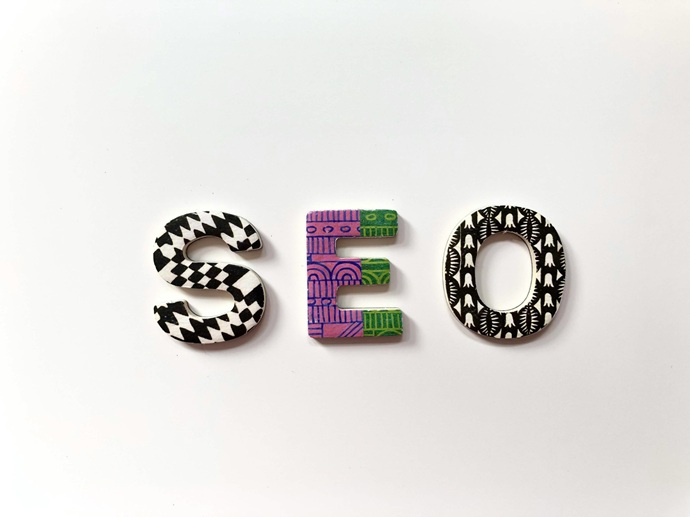There are numerous debates out there concerning SEO, website speed, or other key components of your online strategy, but here’s one that’s often skipped by general summaries and listicles: server-side rendering vs. client-side rendering. It mightn’t be the flashiest debate. There’s certainly no boardroom drama concerning that one. But beneath that lack of gloss hides a series of choices that alter how your pages behave, how fast they appear, how visible they become in search engines, and, of course, how users experience your website from the very first click.
These two rendering strategies deal with the sequence and location of page assembly. Their implications reach deeper than page visuals. They shape response time, indexability, and – at a fundamental level – how the web communicates with humans. What follows is a sharp-edged dissection of both, without (intentional) leaning toward one or the other.
It’s the server that speaks first (SSR)
Server-side rendering (SSR) sends the finished page from the server. The server processes the code and delivers a pre-rendered HTML file to the browser. This file is immediately understandable to the search engine and the user alike. The result will appear quicker to the eye and the crawler, which marks the beginning of solid SEO.
The actual process begins with a request. The server reads this request and constructs the page on the spot. It sends the fully formed HTML file back to the user’s browser—no delays waiting for JavaScript and no guesswork regarding page structure. The server handles it before anything reaches the screen. Because of this approach, search engines interpret it directly and efficiently, which will, in return, lead to improved crawling.
These benefits scale once the configuration aligns with the infrastructure. When it comes to handling requests under heavier traffic or slower connections, choosing the right server can and probably will make a hefty difference. Keep in mind that SSR speeds up how quickly a page begins to appear, especially when the content stays mostly the same, but it also requires more server resources and tighter coordination between developers and infrastructure teams.

SSR makes the page start showing faster, but it also requires more server resources.
When the client picks up the tools (CSR)
Client-side rendering (CSR) hands the job to the browser. It will receive a near-empty HTML shell, followed by a script bundle that builds everything on the fly. The browser will handle layout, content, and interaction, without waiting for the server to deliver a finished page. This will improve flexibility, but it will also introduce delays in rendering and limit what search engines see right away.
CSR works well for highly interactive applications. Think dashboards or single-page interfaces where speed after the initial load matters more than speed to the first display. In CSR, the server offloads most of its responsibilities, handing power over to the browser entirely.
With CSR, the first contact may feel delayed. That is: nothing loads until scripts execute. This means slower first contentful paint and lower initial SEO visibility unless paired with pre-rendering or hydration techniques. These complexities don’t break the system, but they’ll demand extra handling. Efficiency on the client-side depends on how well the code splits and loads.
Server-side rendering vs. client-side rendering (SSR vs. CSR)
To understand what works best in the context of the server-side rendering vs. client-side rendering debate, especially for SEO and speed, we’ll have to break it down further.
1. The SEO mirror
SSR appears in the mirror immediately. Content is visible before interaction. Crawlers read the page directly; no interpretation. This visibility will boost performance in rankings and improve reach, especially for sites relying on discoverability.
With CSR, pages stay invisible at first. Search engine bots might miss or misread important parts unless extra steps are added, like pre-rendering or server adjustments. SEO becomes harder to manage and depends on more complex fixes.
SSR makes content easier to see right away. It sends a clear picture. CSR needs more direction before everything works as expected.

SSR often gives better results for SEO.
2. A conversation in stages
Speed is not just one thing, as you can break it into several distinct phases: time to first byte, first contentful paint, and full interactivity.
SSR performs better at early-stage speed. The content shows up fast and gives users something to see quickly. For news, ecommerce, or landing pages, this might improve bounce rate and engagement. CSR, however, becomes competitive post-initial load. Once the JavaScript loads, transitions feel faster, interactions smoother. The experience after the first view is seamless. But it starts slower. And on slow devices, it gets even slower.
The overall page speed depends on how large the scripts are, how well the caching performs, and how the content lifecycle is managed. SSR wins on load time; CSR on live interaction.
3. Maintenance and flexibility
SSR centralizes rendering, which simplifies caching and reduces browser load. But this means more strain on the server. Application logic must stay tightly controlled to avoid bottlenecks. Scaling SSR requires careful infrastructure design.
CSR offloads logic to the user’s machine. This reduces backend stress but increases complexity on the frontend. Debugging client-side issues takes more time. Rendering depends on how the user’s browser handles JavaScript. Flexibility increases, but so does variability.
Teams must evaluate what they’re willing to manage. SSR centralizes responsibility. CSR distributes it. Each structure creates a different type of fragility.
Final frame
Server-side rendering vs. client-side rendering remains a foundational decision – one that hides in the structure beneath your content, but reveals itself in load times, in bounce rates, in search visibility, and user patience. The trade-offs don’t exactly point to a universal winner.
Where predictability, visibility, and search rank matter most, server-side rendering has clear advantages. Where interactivity and reactivity dominate, client-side rendering will perform better after that first click.
Clearly not a choice that should be made casually. Choose based on scale. But above all, choose with full awareness that how your content gets built will determine how it gets seen.





